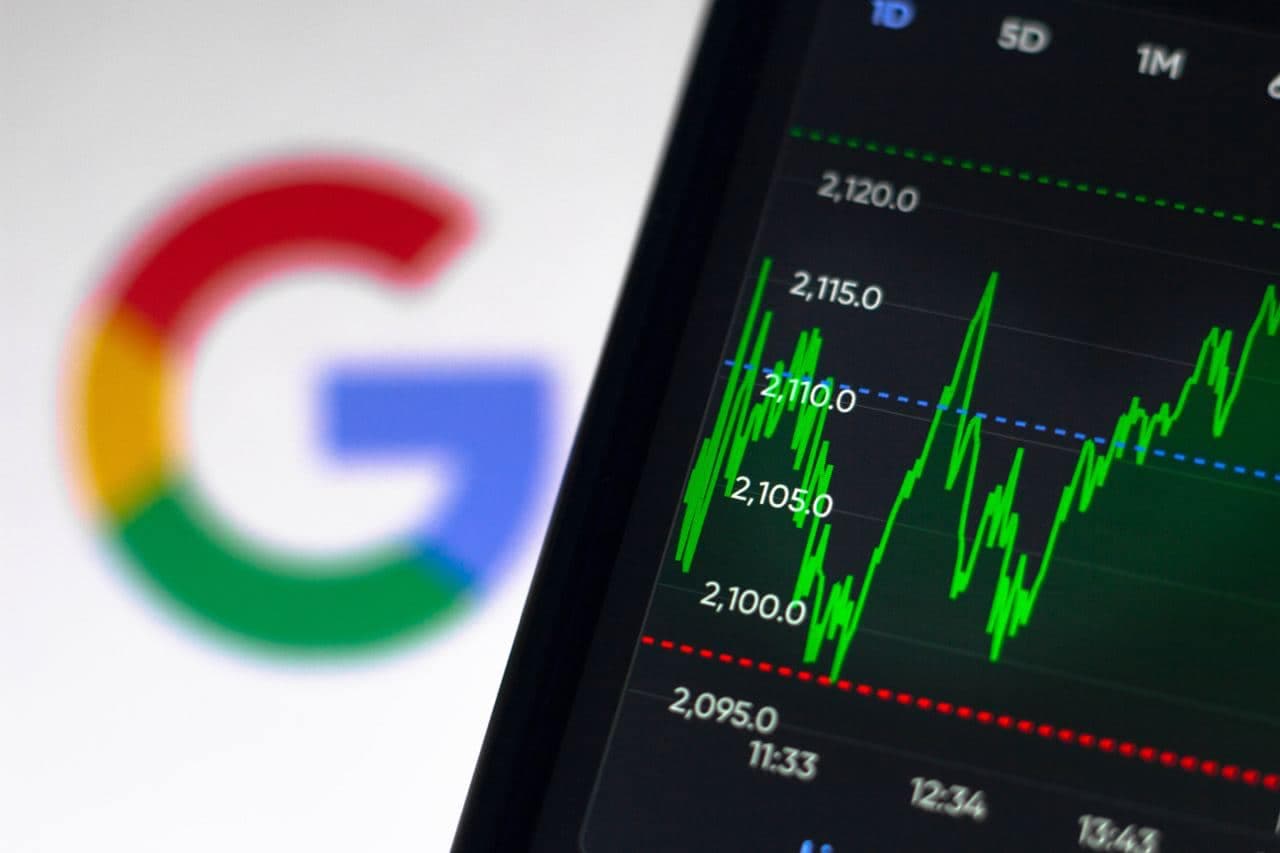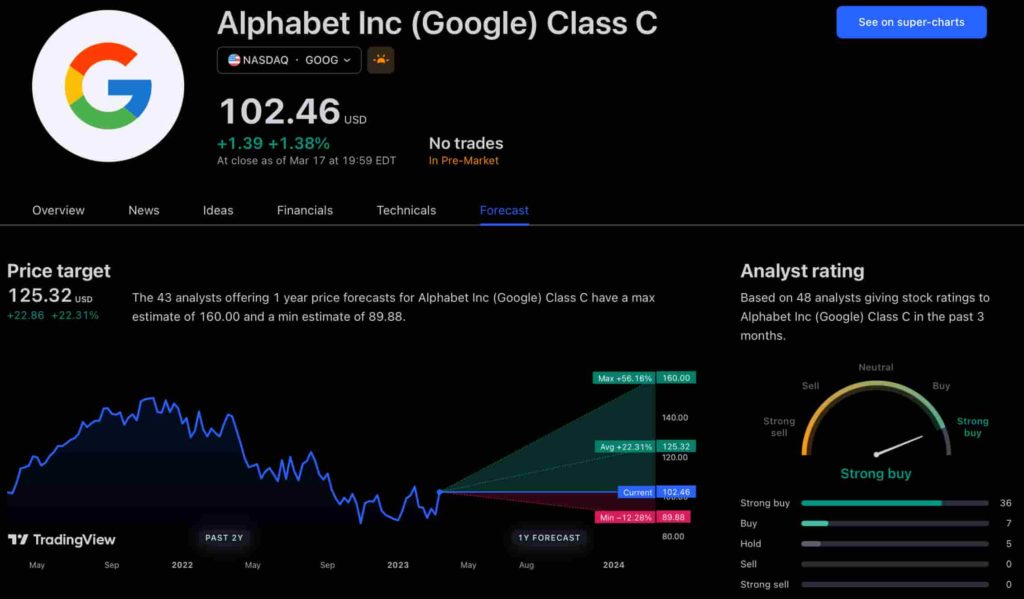The new app is called watchGPT and as I tipped off already, it gives you access to ChatGPT from your Apple Watch. Now the $10,000 question (or more accurately the $3.99 question, as that is the one-time cost of the app) is why having ChatGPT on your wrist is remotely necessary, so let’s dive into what exactly the app can do.
NEWS
Google Says Chrome Will End Support for Third-Party Cookies That Track You. Here’s Why That’s …
On Tuesday, Google announced what appears, at least at first, to be a fairly monumental change to its Chrome browser: Over the next two years, it plans to “phase out support for third-party cookies in Chrome.” Third-party cookies are little pieces of code used by advertisers to track what you do online so they can serve you targeted ads on sites you visit based on where you’ve previously visited.
So, for example, if you browse Pottery Barn’s website, and start seeing ads everywhere for the coffee table you were looking at, it’s usually because of third-party cookies. In reality, while most of us would say it’s kind of creepy, targeted ads are effective. At the same time, they’re also a very real invasion of your privacy–which is a problem. In fact, those privacy concerns are why browsers like Brave and Safari have already ended support for this type of tracking.
Back in August, I wrote about Google’s new “Privacy Sandbox,” which the company said was a way to introduce privacy protections for users online while still allowing digital advertisers to serve up targeted ads. The problem, at the time, was that Google said that it couldn’t eliminate support for third-party cookies because it would have a detrimental effect on the web at large.
Now it seems that’s changing, and there are huge implications for users as well as advertisers. Google’s blog post announcing the change puts it this way:
We are confident that with continued iteration and feedback, privacy-preserving and open-standard mechanisms like the Privacy Sandbox can sustain a healthy, ad-supported web in a way that will render third-party cookies obsolete.
So, let’s look at the good news and the bad news. If you’re a user, there’s mostly good news because ending third-party cookies is generally good for privacy. The caveat here is that it’s not yet entirely clear how Google plans to have it both ways. Meaning, it’s not clear how Google thinks it can provide a privacy-protected browsing experience that also provides targeted ads.
There’s also the fact that some less ethical advertisers will no doubt resort to other types of more nefarious tracking, like browser and device fingerprinting. Those technologies create a profile of you based on information sent by your browser about your device, the operating system, your location, and other unique identifiers. Safari has introduced protection against that, and it will be interesting if Google takes a similar approach with Chrome.
This leads us to more good news, this time for Google. Google has arguably the most to gain from this change because its advertising model doesn’t depend on the same type of tracking technology. In effect, by eliminating third-party cookies, Google is edging out any of its digital advertising competitors. Since Chrome is the most popular browser in the world, all of your web traffic is already going through Chrome. It doesn’t need cookies for that.
If you’re a digital advertiser, on the other hand, this could be very bad news. That’s especially true if you’re a smaller business or startup since they tend to rely more heavily on digital advertising. Larger brands are able to better absorb changes like this, but if you’re bootstrapping a new company and count on PPC advertising to reach your customers, this is going to hurt.
That said, while I’m generally sympathetic to the overall challenge facing entrepreneurs in this regard, I still have to lean in the direction that it’s a good thing whenever tech companies start respecting our privacy. In fact, the headline of my column back in August was that “Google Could Make the Internet Respect Your Privacy.” At the time, I was pretty sure it wouldn’t.
In this case, I’m happy to be proven wrong.
Published on: Jan 17, 2020
The opinions expressed here by Inc.com columnists are their own, not those of Inc.com.
Facebook Faces Yet Another Outage: Platform Encounters Technical Issues Again

Uppdated: It seems that today’s issues with Facebook haven’t affected as many users as the last time. A smaller group of people appears to be impacted this time around, which is a relief compared to the larger incident before. Nevertheless, it’s still frustrating for those affected, and hopefully, the issues will be resolved soon by the Facebook team.
Facebook had another problem today (March 20, 2024). According to Downdetector, a website that shows when other websites are not working, many people had trouble using Facebook.
This isn’t the first time Facebook has had issues. Just a little while ago, there was another problem that stopped people from using the site. Today, when people tried to use Facebook, it didn’t work like it should. People couldn’t see their friends’ posts, and sometimes the website wouldn’t even load.
Downdetector, which watches out for problems on websites, showed that lots of people were having trouble with Facebook. People from all over the world said they couldn’t use the site, and they were not happy about it.
When websites like Facebook have problems, it affects a lot of people. It’s not just about not being able to see posts or chat with friends. It can also impact businesses that use Facebook to reach customers.
Since Facebook owns Messenger and Instagram, the problems with Facebook also meant that people had trouble using these apps. It made the situation even more frustrating for many users, who rely on these apps to stay connected with others.
During this recent problem, one thing is obvious: the internet is always changing, and even big websites like Facebook can have problems. While people wait for Facebook to fix the issue, it shows us how easily things online can go wrong. It’s a good reminder that we should have backup plans for staying connected online, just in case something like this happens again.
NEWS
We asked ChatGPT what will be Google (GOOG) stock price for 2030

Investors who have invested in Alphabet Inc. (NASDAQ: GOOG) stock have reaped significant benefits from the company’s robust financial performance over the last five years. Google’s dominance in the online advertising market has been a key driver of the company’s consistent revenue growth and impressive profit margins.
In addition, Google has expanded its operations into related fields such as cloud computing and artificial intelligence. These areas show great promise as future growth drivers, making them increasingly attractive to investors. Notably, Alphabet’s stock price has been rising due to investor interest in the company’s recent initiatives in the fast-developing field of artificial intelligence (AI), adding generative AI features to Gmail and Google Docs.
However, when it comes to predicting the future pricing of a corporation like Google, there are many factors to consider. With this in mind, Finbold turned to the artificial intelligence tool ChatGPT to suggest a likely pricing range for GOOG stock by 2030. Although the tool was unable to give a definitive price range, it did note the following:
“Over the long term, Google has a track record of strong financial performance and has shown an ability to adapt to changing market conditions. As such, it’s reasonable to expect that Google’s stock price may continue to appreciate over time.”
GOOG stock price prediction
While attempting to estimate the price range of future transactions, it is essential to consider a variety of measures in addition to the AI chat tool, which includes deep learning algorithms and stock market experts.
Finbold collected forecasts provided by CoinPriceForecast, a finance prediction tool that utilizes machine self-learning technology, to anticipate Google stock price by the end of 2030 to compare with ChatGPT’s projection.
According to the most recent long-term estimate, which Finbold obtained on March 20, the price of Google will rise beyond $200 in 2030 and touch $247 by the end of the year, which would indicate a 141% gain from today to the end of the year.
Google has been assigned a recommendation of ‘strong buy’ by the majority of analysts working on Wall Street for a more near-term time frame. Significantly, 36 analysts of the 48 have recommended a “strong buy,” while seven people have advocated a “buy.” The remaining five analysts had given a ‘hold’ rating.

The average price projection for Alphabet stock over the last three months has been $125.32; this objective represents a 22.31% upside from its current price. It’s interesting to note that the maximum price forecast for the next year is $160, representing a gain of 56.16% from the stock’s current price of $102.46.
While the outlook for Google stock may be positive, it’s important to keep in mind that some potential challenges and risks could impact its performance, including competition from ChatGPT itself, which could affect Google’s price.
Disclaimer: The content on this site should not be considered investment advice. Investing is speculative. When investing, your capital is at risk.
NEWS
This Apple Watch app brings ChatGPT to your wrist — here’s why you want it

ChatGPT feels like it is everywhere at the moment; the AI-powered tool is rapidly starting to feel like internet connected home devices where you are left wondering if your flower pot really needed Bluetooth. However, after hearing about a new Apple Watch app that brings ChatGPT to your favorite wrist computer, I’m actually convinced this one is worth checking out.
-

 PPC4 days ago
PPC4 days ago19 Best SEO Tools in 2024 (For Every Use Case)
-

 PPC7 days ago
PPC7 days ago4 New Google Ads Performance Max Updates: What You Need to Know
-

 SEO6 days ago
SEO6 days agoGoogle Clarifies Vacation Rental Structured Data
-

 MARKETING6 days ago
MARKETING6 days agoWill Google Buy HubSpot? | Content Marketing Institute
-
SEARCHENGINES6 days ago
Daily Search Forum Recap: April 16, 2024
-

 PPC7 days ago
PPC7 days agoShare Of Voice: Why Is It Important?
-

 PPC6 days ago
PPC6 days agoHow to Collect & Use Customer Data the Right (& Ethical) Way
-

 MARKETING5 days ago
MARKETING5 days agoStreamlining Processes for Increased Efficiency and Results


